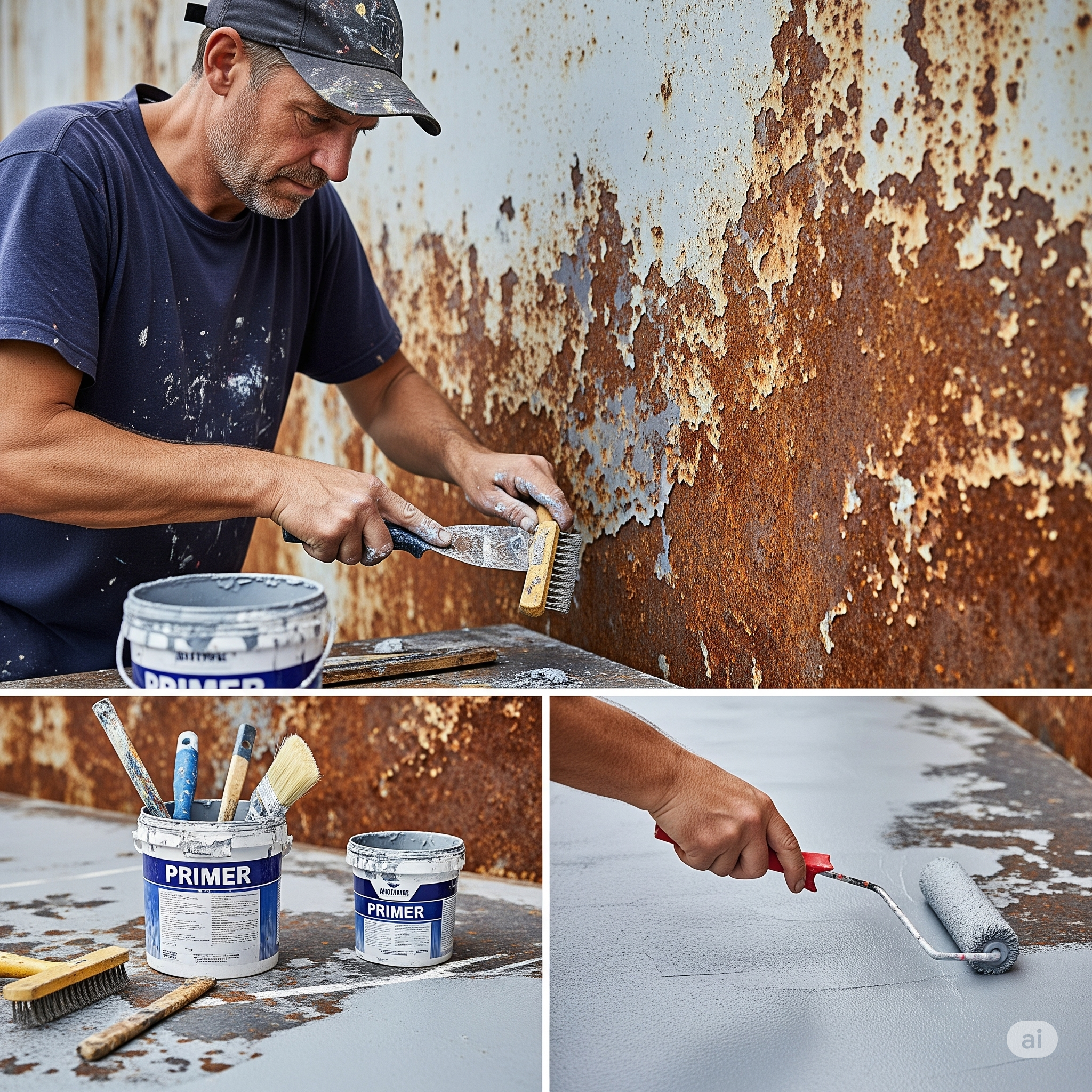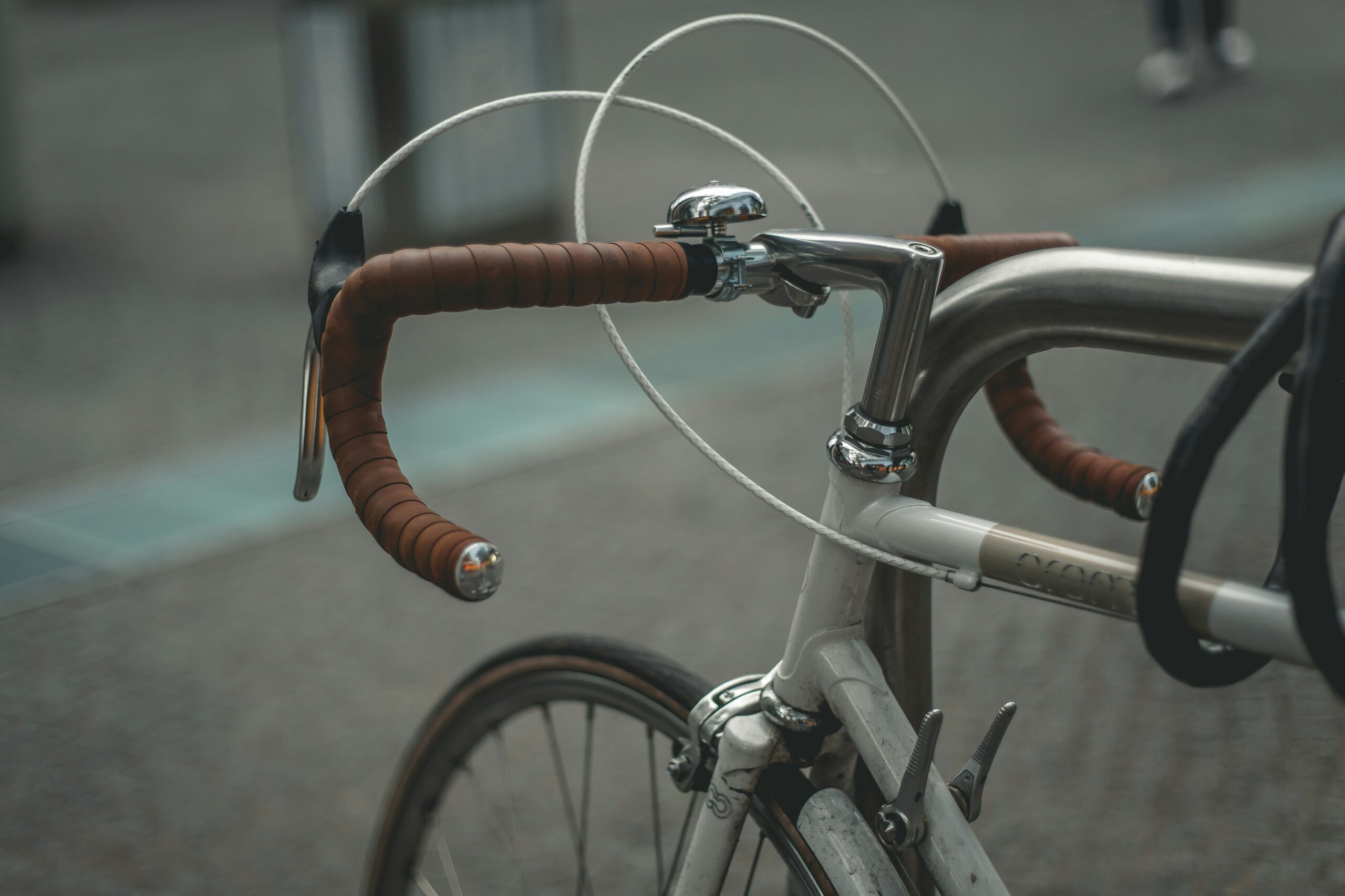When and how to use spray sealants?
Spray sealants simplify the repair of scratches and unevenness. We advise when it’s worth using them and how to do it.
Sealing is an integral part of any surface repair prior to painting. Whether it's a car body, a plastic bumper, a metal tool housing or a scooter engine cover, everywhere the surface needs to be perfectly aligned before the final paint job. In addition to traditional two-component sealers that are applied with a spatula and then sanded, there are more modern alternatives in the form of spray sealers. These offer a quicker and easier application, especially in cases where it is not necessary to level deep depressions, but rather small grooves, scratches or transitions between materials. This is the category that COLORIT has focused on in recent years, bringing products suitable for both professionals and DIYers to the Czech market.
Spray sealant versus classic
Classic putty has the advantage of high filling capacity and modelling possibilities. It is ideal for deeper dents or complete repointing of the surface. However, its application requires some practice, tools and, most importantly, more time for curing, sanding and checking for unevenness. Spray putty, on the other hand, saves time and labor because it is applied evenly in layers directly from the spray, does not need to be mixed, and is easier to sand once dry.
Products such as RB Spray Putty from the COLORIT range are exactly the type of spray sealants that are ideally suited for applications where a coarse correction is not required, but rather a precise levelling of fine surface irregularities, for example after sanding old paintwork or when transitioning between two different surfaces.
Why and when it is worth using a spray sealant
The main advantage of spray sealant is its ease of application. It allows a smooth and even spraying of a large area without the need for spatulas and manual spreading. This is especially appreciated when:
- repairing scratches on car doors
- refurbishing bumpers, mouldings and plastic parts
- correcting subtle surface imperfections after priming
- unifying the transitions between old and new paint
- surface preparation of models or covers in the hobby workshop
The spray sealant can also be used as an intermediate layer between the anti-corrosion primer and the topcoat, providing better adhesion and a more even surface. For the hobby user, this means a significant simplification of the entire painting process, without the need to mix ingredients, use squeegees and control the curing of the material according to temperature.
How to apply
The surface to be sealed must always be clean, dry and thoroughly degreased. For this we recommend using technical cleaners from the COLORIT range. Then lightly roughen the surface with sandpaper (P400-P600) to give the sealant something to stick to.
The spray sealant should be shaken thoroughly for at least two minutes. Apply it in several thin coats from a distance of approximately 25 cm. Allow the material to set between each coat (approx. 10-15 minutes). The total drying time is approximately 30 to 60 minutes depending on the air temperature.
Once dry, the sealer can be sanded smooth - ideally with grits P600 to P1000. The result is a flat, filled and ready substrate for the subsequent topcoat. With spray sealant, there is usually no need to re-caulk the intermediate layer - if the application has been done evenly, it goes straight to painting or priming with paint.
Home finishing and professional paint shops
While professional painters use spray sealers for quick correction of imperfections between painting stages, hobby users mainly appreciate the ease of handling and time savings. For example, when refurbishing plastic scooter covers or repairing small scuffs on car doors, spray sealant is the ideal choice - even a layman can handle it and no special equipment is needed.
Sealing surfaces is not just the domain of body builders. Thanks to the spray sealants available in the COLORIT e-shop, almost anyone can start repairing scratches or preparing the surface. The important thing is to choose the right type according to the surface and the purpose of use. Spray sealers such as MACOTA Spray Putty or 1K-Filler make the job much easier and provide a quality base that you can rely on, whether you are painting at home in the garage or in a professional workshop.



